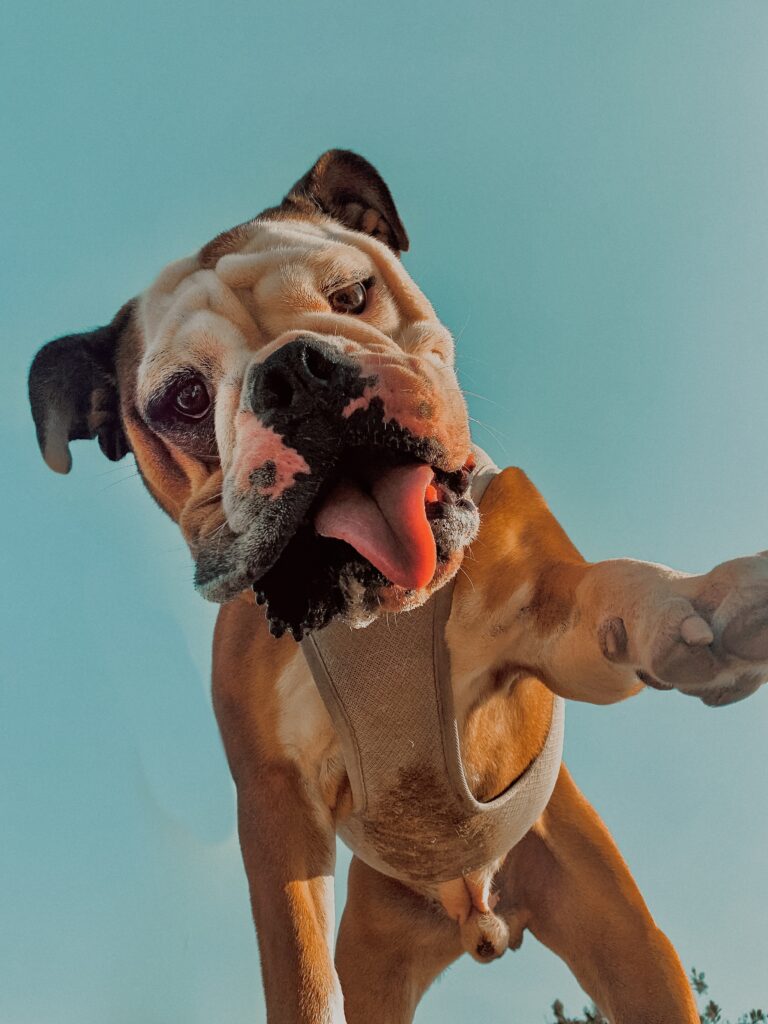As a pet owner, it’s concerning when your furry friend isn’t drinking as much water as they should. It can be especially perplexing when they are still peeing regularly. There could be numerous reasons for this behavior, some of which may require medical attention. In this article, we’ll explore the possible causes of why your dog is not drinking but peeing and offer you some practical tips to encourage them to drink more water. So let’s dive in!
Why Is My Dog Not Drinking But Peeing?
There are several reasons why your dog may not be drinking enough water even though they’re peeing regularly. One of the most common causes is kidney problems or urinary tract infections, which can make it painful for them to drink and pee. Another reason could be that they don’t like the taste of tap water, so try switching to filtered or bottled water.
Sometimes dogs become more interested in their food than their water bowl. You can add a bit of low-sodium chicken broth to their water, which makes it more appealing and adds flavor without adding extra calories.
It’s also essential to consider your dog’s environment; if they’re hot or have been exercising, they’ll need more hydration. Try leaving multiple bowls in different locations around the house as some dogs prefer to drink from different areas.
Stress factors such as changes at home may affect how much your dog drinks during the day. A visit with a veterinarian should help eliminate any medical concerns and ensure that you offer practical solutions and guidance based on what might work best for your furry friend!
Reasons
There can be various reasons why your dog isn’t drinking water but is still peeing. One of the most common reasons is that they might have an underlying health condition, such as kidney disease or diabetes, which can cause excessive urination and decreased thirst. Another possibility could be if your dog has a urinary tract infection (UTI), which causes painful urination and makes them avoid drinking more water.
Stress or anxiety can also play a role in affecting their drinking habits, especially if there has been a recent change in their environment. Dogs may also not drink enough water if the temperature outside is colder than usual or if they are being fed wet food that provides moisture.
Another reason could be that your dog doesn’t like their current water source. They may prefer fresh running water instead of stagnant standing water from a bowl. Additionally, some dogs are picky about the container itself and prefer certain materials over others.
It’s essential to take note of any changes in your dog’s behavior regarding their drinking habits and consult with a veterinarian for proper diagnosis and treatment options.
The 8 Best Tips To Make Your Dog Drink Water
As a pet owner, it is essential to keep your dog hydrated by ensuring that they drink enough water. However, some dogs may be reluctant to drink or may not have the urge to do so, which can lead to dehydration and other health complications. Here are eight tips on how you can encourage your furry friend to drink more water.
Tips
1. Make sure their bowl is clean: Dogs are highly sensitive to smell and taste, so make sure their water bowl is clean and free of any residue that could affect its aroma.
2. Try different bowls: Some dogs prefer drinking from ceramic bowls while others like stainless steel ones. Experiment with different types of bowls until you find one that your dog likes.
3. Add flavor: Adding chicken broth or beef broth into their water will give it an appealing scent and taste for your dog.
4. Offer ice cubes: Most dogs love chewing on ice cubes during hot weather as a way of cooling down while staying hydrated at the same time.
5. Use wet food: Mixing dry kibble with wet food can provide additional hydration for your pooch since wet food contains more moisture than dry kibble alone.
6. Schedule feeding times strategically: Feeding them smaller meals several times throughout the day instead of large meals twice per day could help stimulate thirst in between feedings.
7. Keep fresh water available at all times: Be sure there’s always access to fresh drinking water within reach for your pup whether it’s indoors or outdoors
Be Active With Your Dog – Take them on regular walks where they get plenty of opportunities for exercise, playtime outside, etc., as this increases thirst levels naturally
By implementing these eight tips into your routine, you’ll likely see an increase in how much water your dog drinks each day!
READ MORE: 9 Things you need to Understand about your dog

Final Notes
Taking care of your dog’s health is essential, and ensuring they are hydrated plays a vital role in keeping them healthy. If you notice that your dog is not drinking but peeing, it can be concerning. However, there could be many reasons for this behavior.
In this article, we’ve discussed some of the common reasons why dogs may not drink water despite feeling thirsty. It’s essential to know these reasons so that you can take action accordingly.
Remember, dehydration can lead to serious health problems in dogs; therefore, it’s crucial to keep an eye on their water intake. By following our eight tips mentioned above, you’ll be able to encourage your furry friend to drink more water regularly.
If the problem persists even after trying the tips mentioned above or if any other unusual symptoms accompany your dog’s lack of thirst or appetite changes- consult with a veterinarian immediately.
We hope this article has helped answer your question “Why Is My Dog Not Drinking But Peeing?” and provided valuable insights into how you can ensure optimum hydration levels for your beloved pet.
